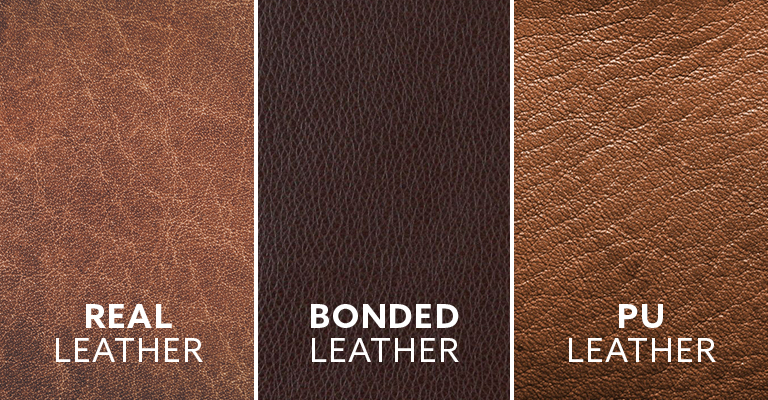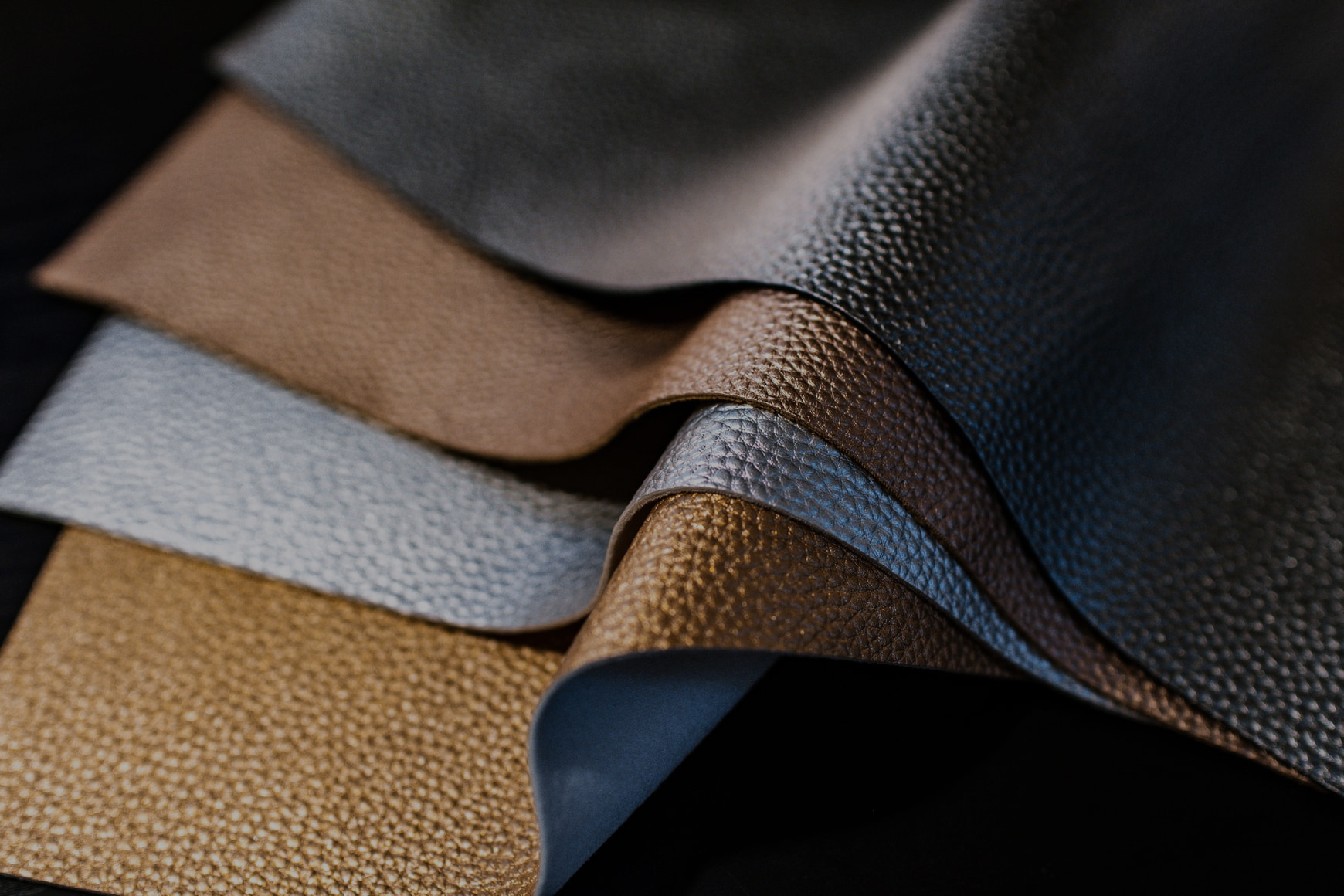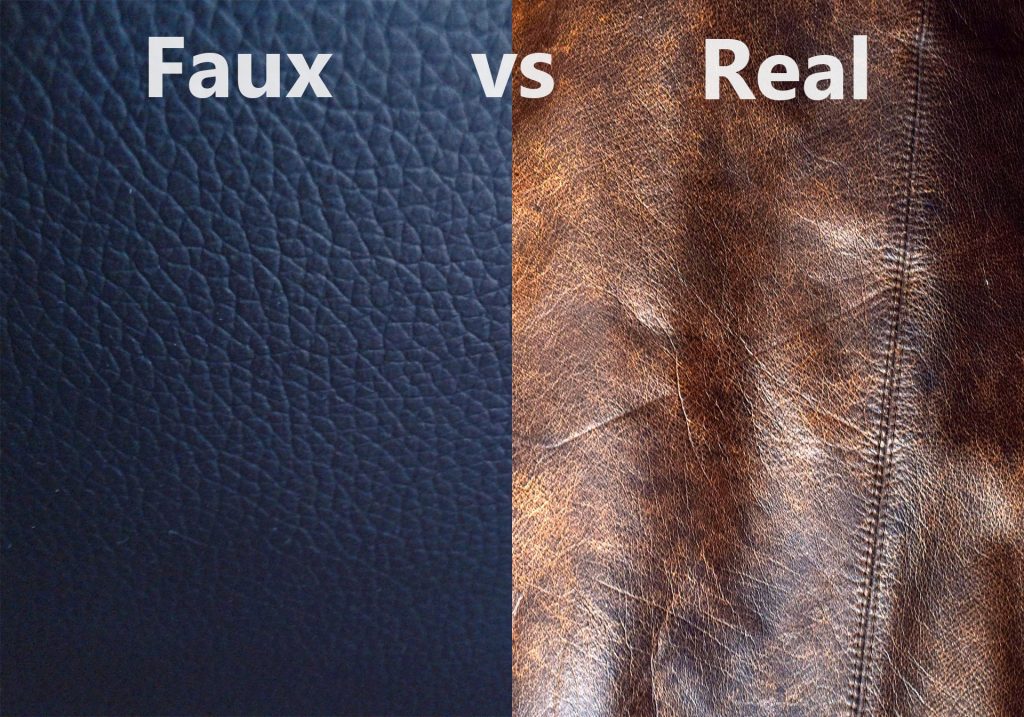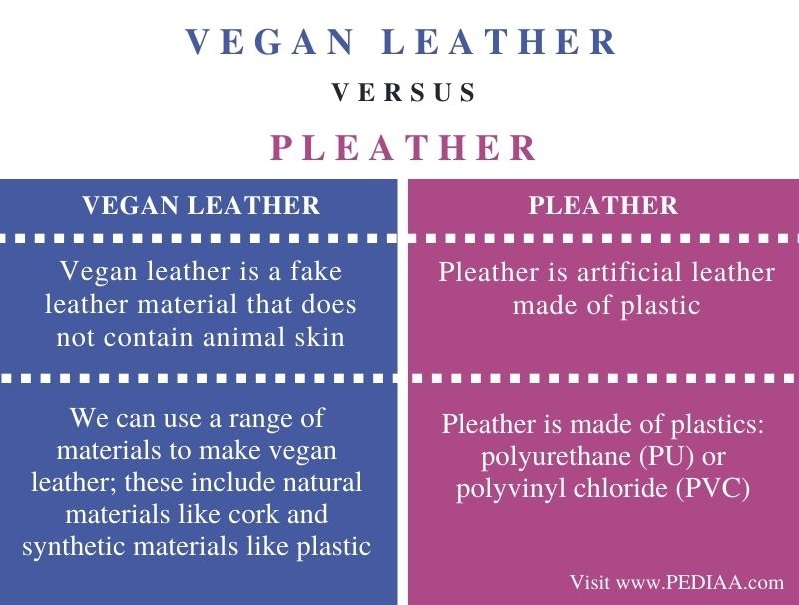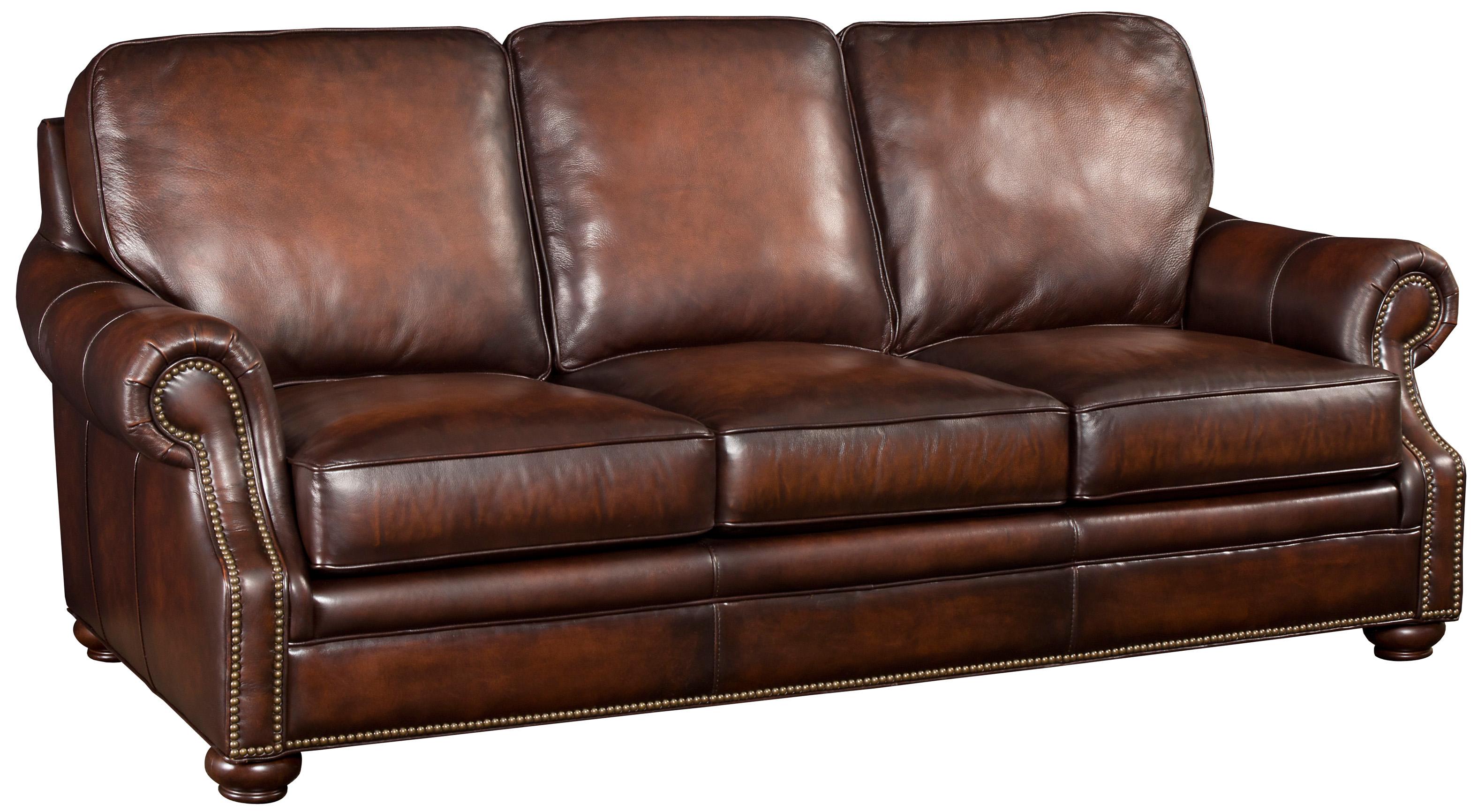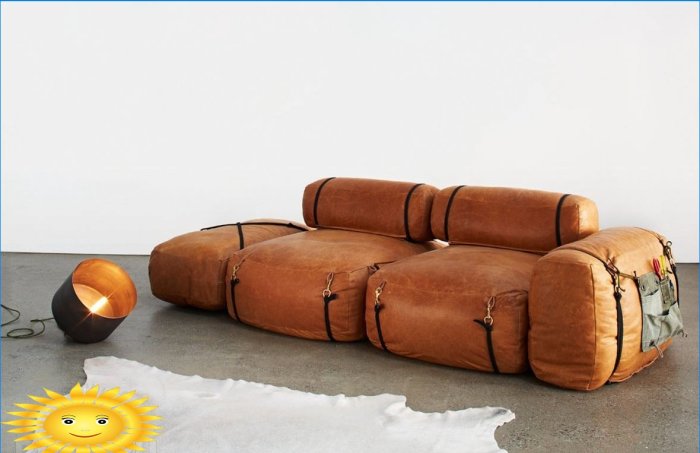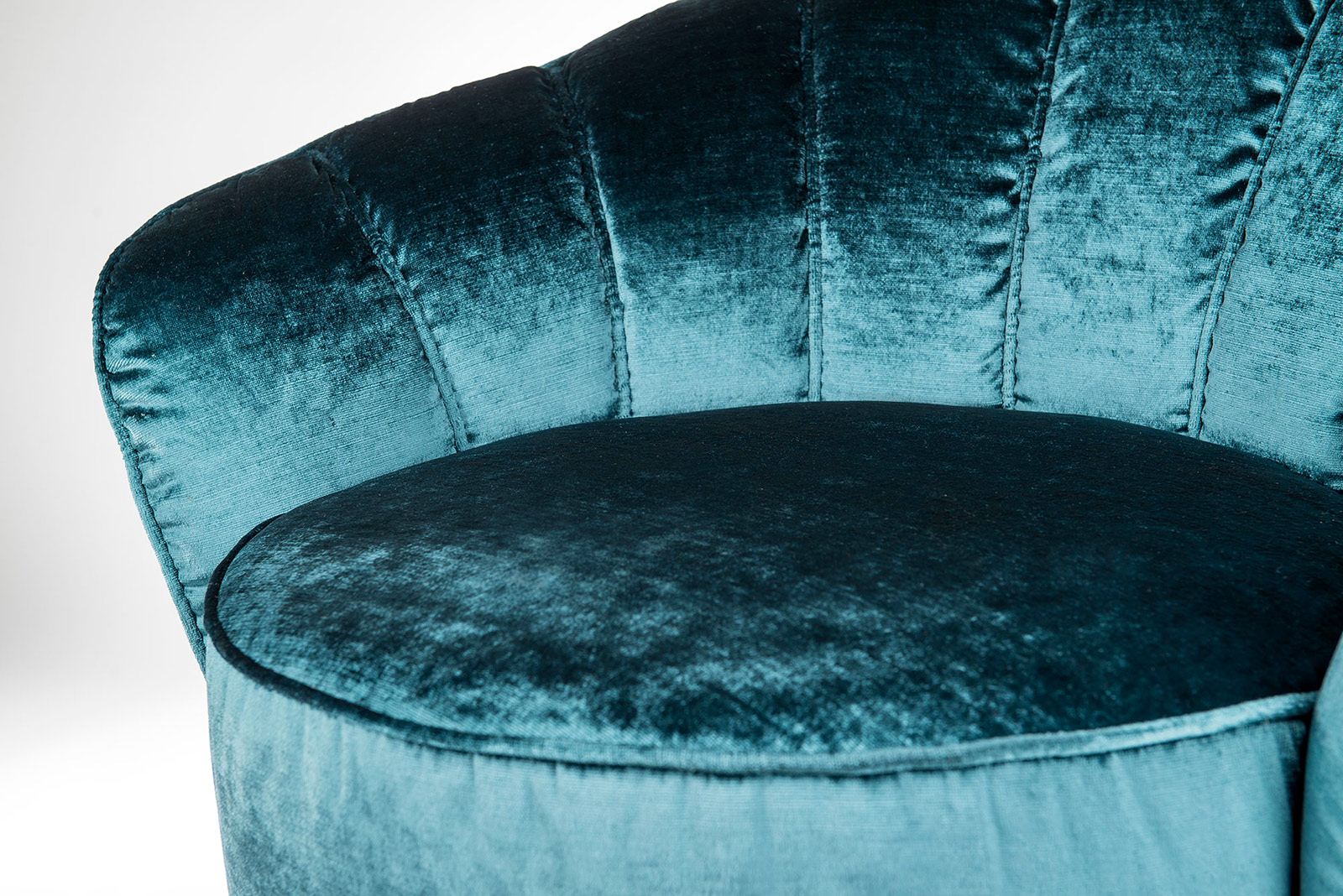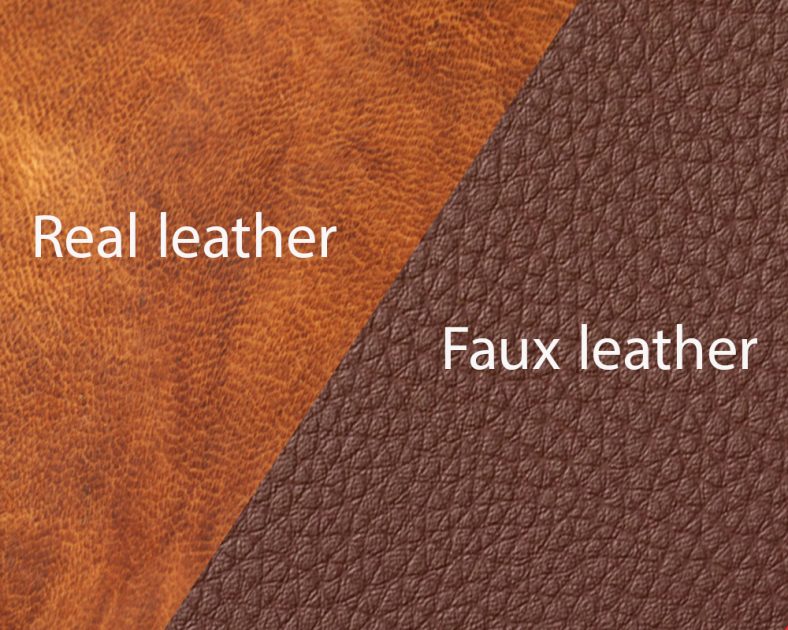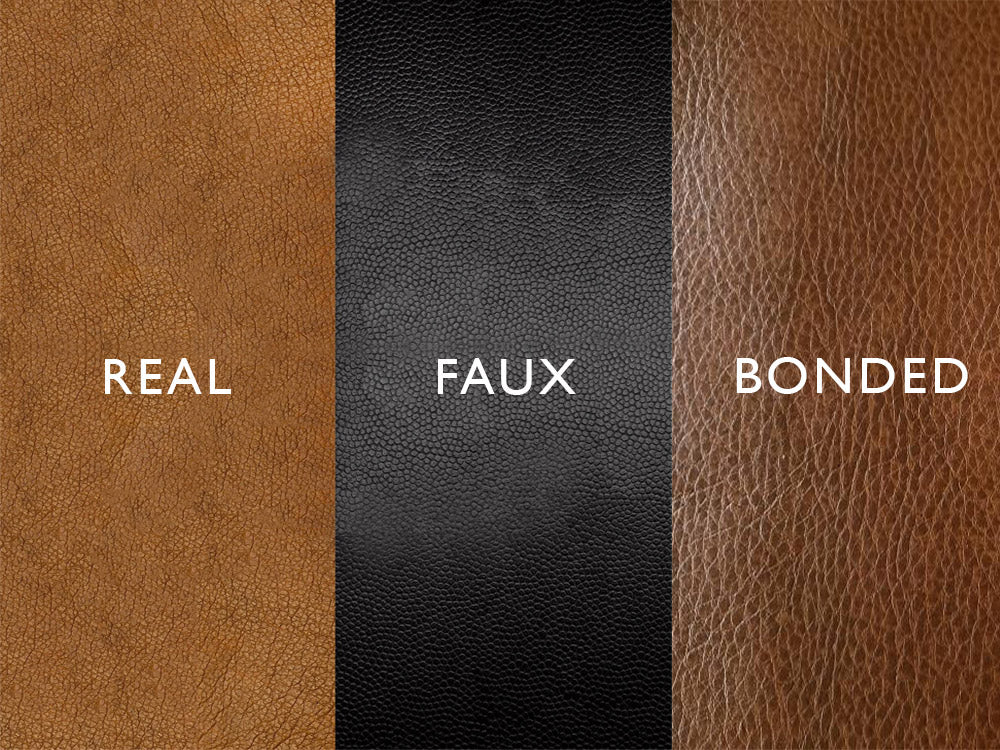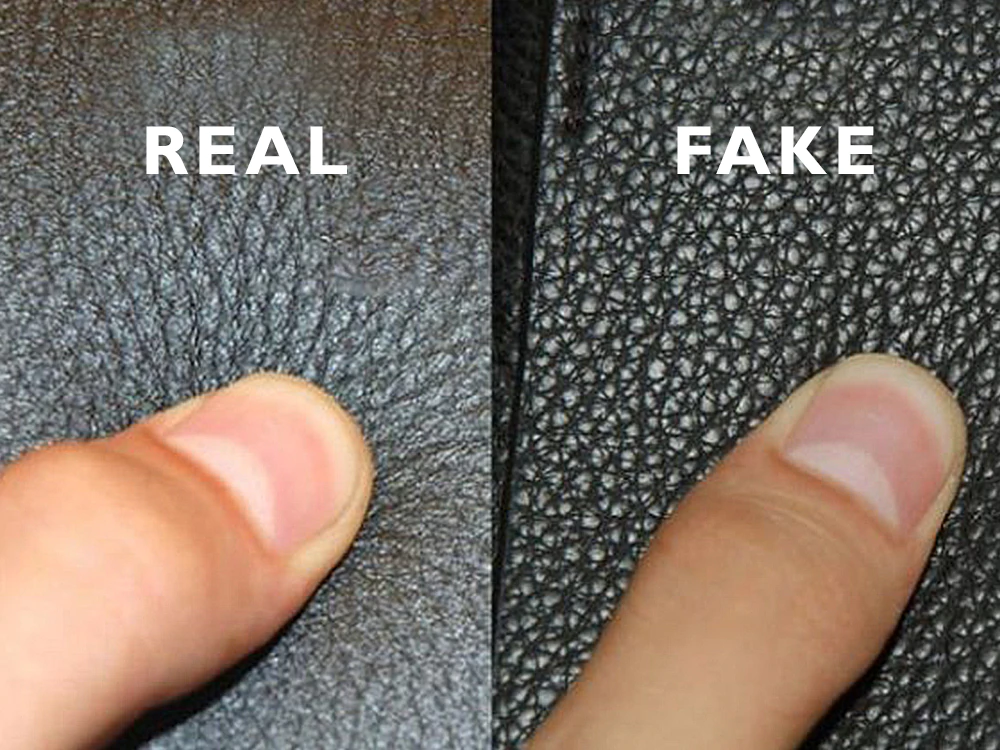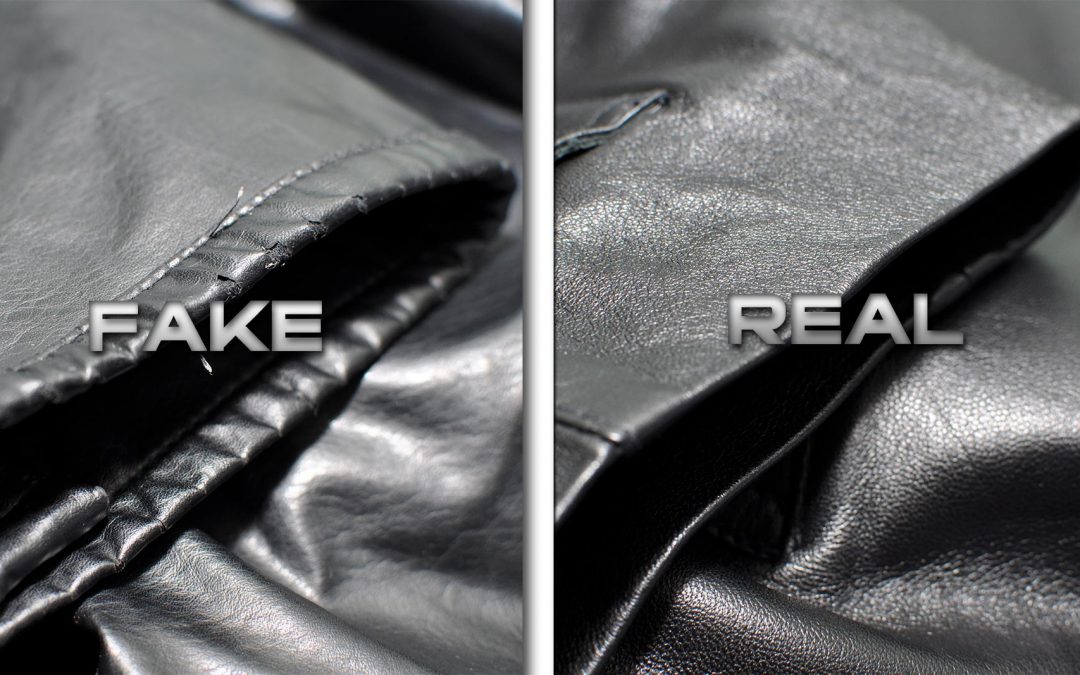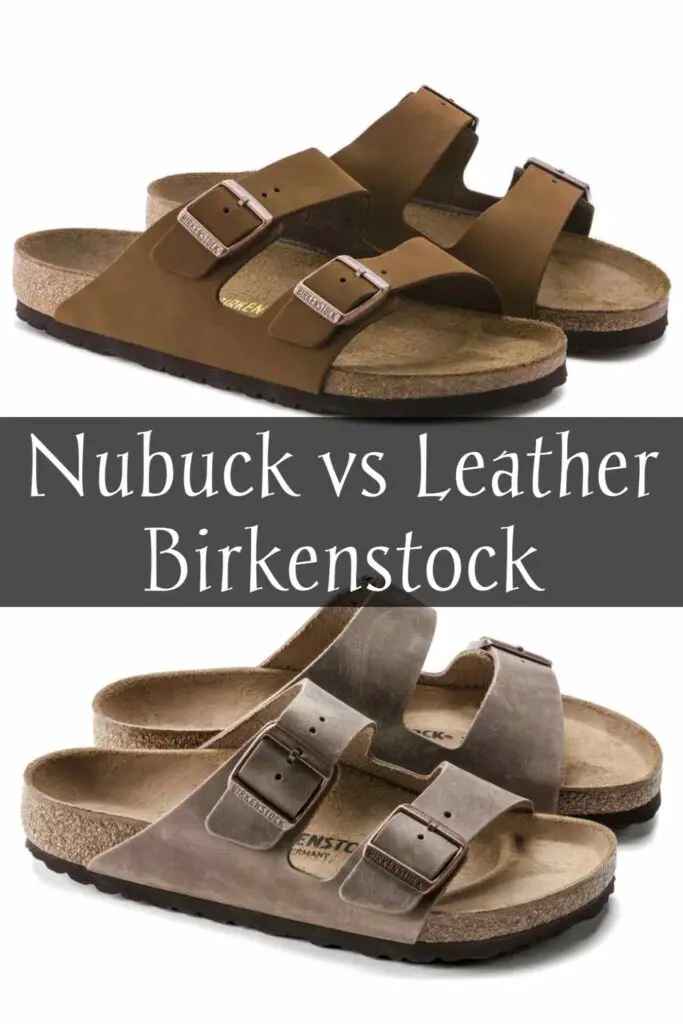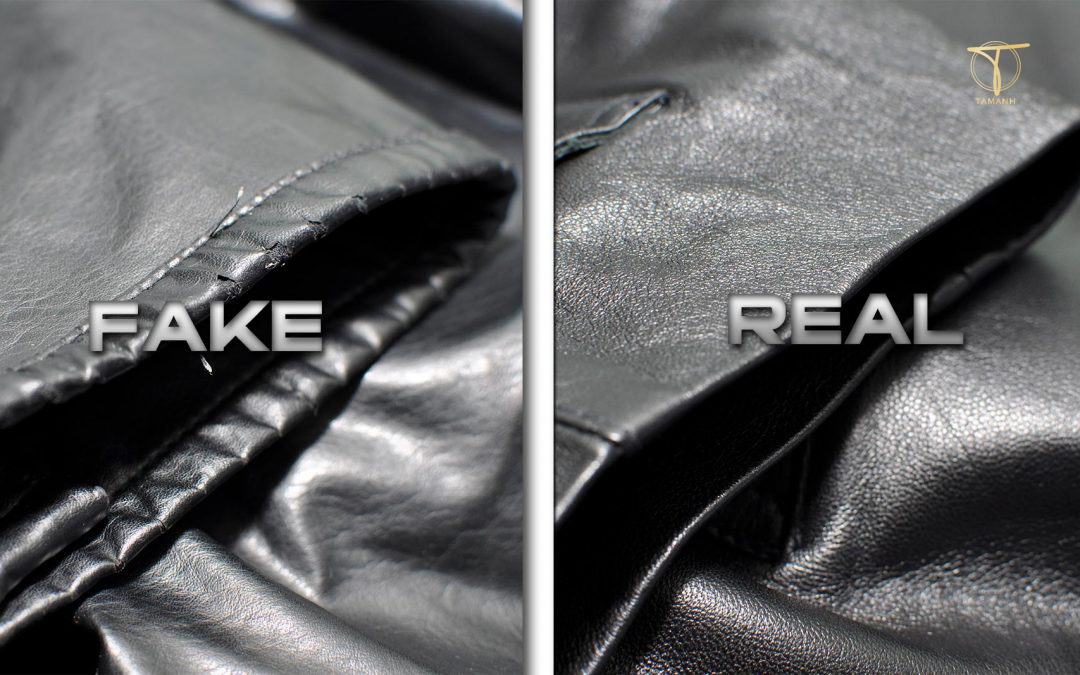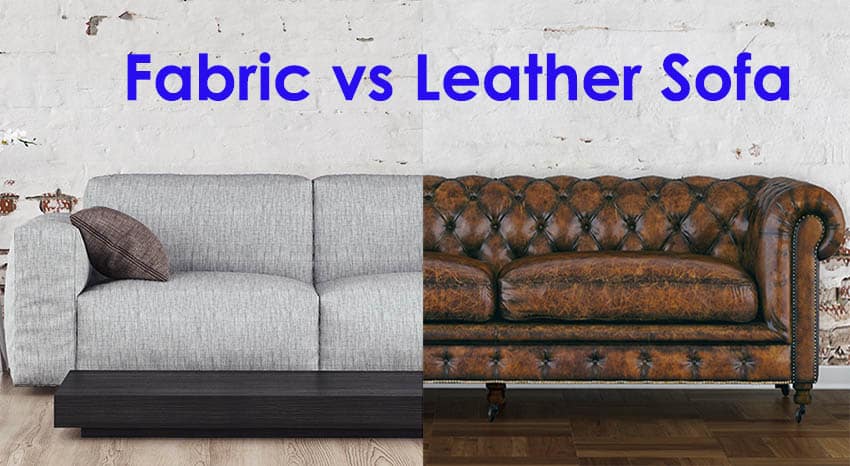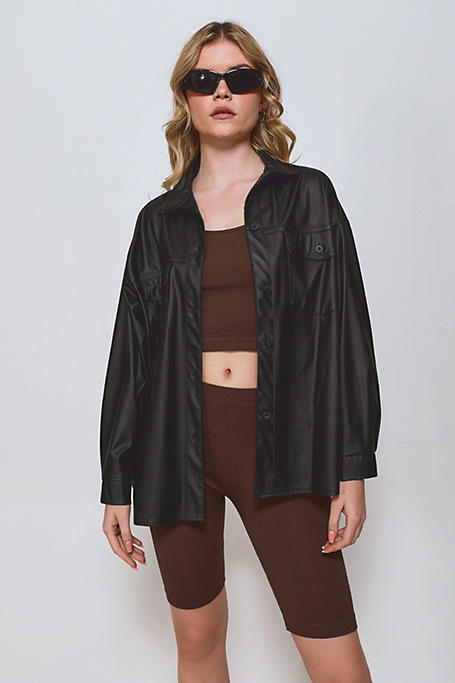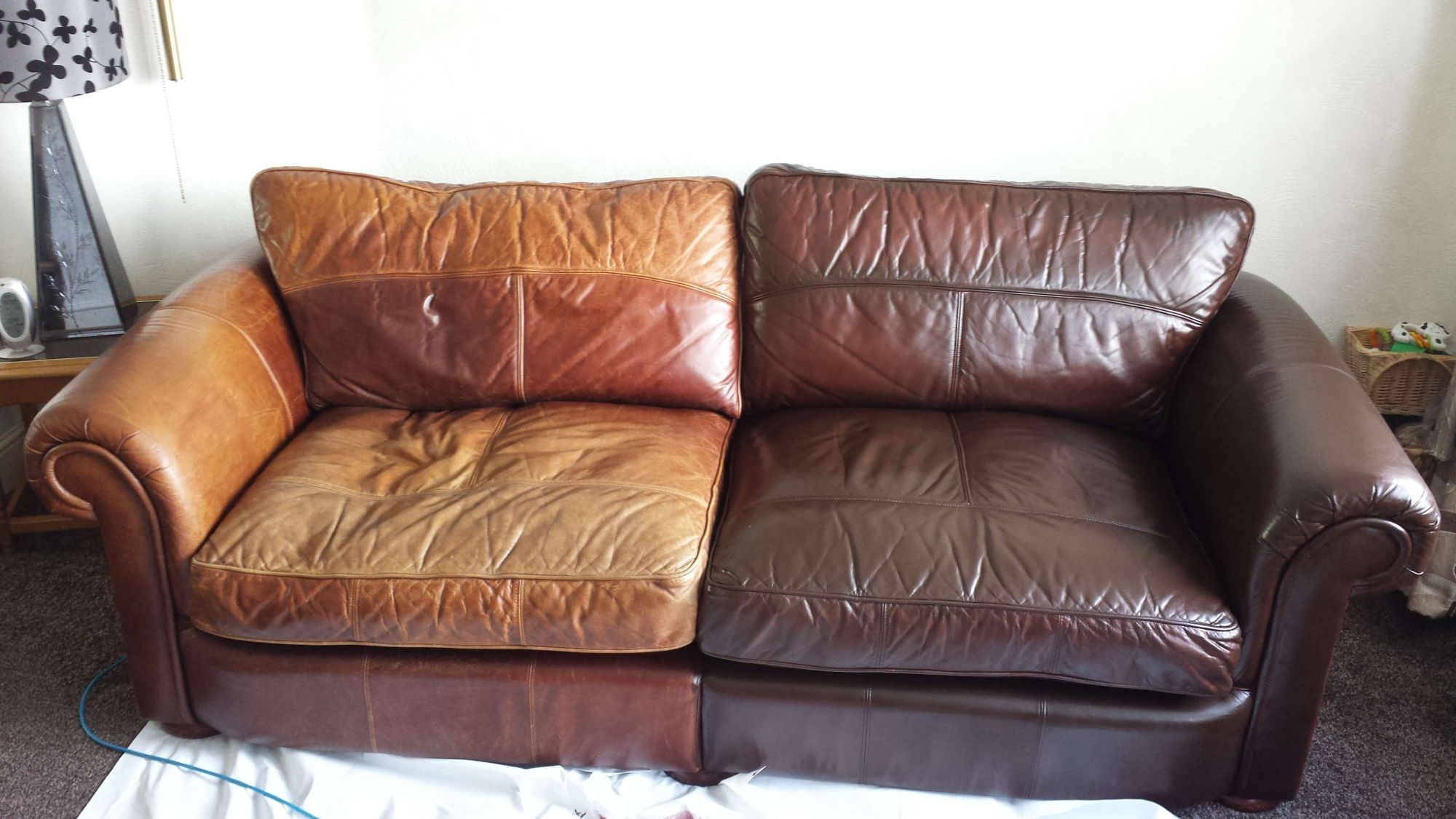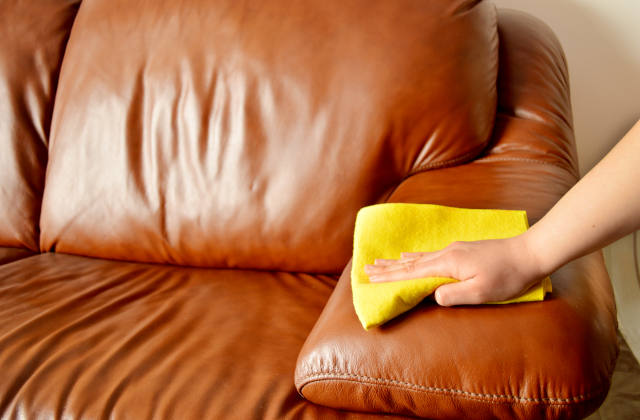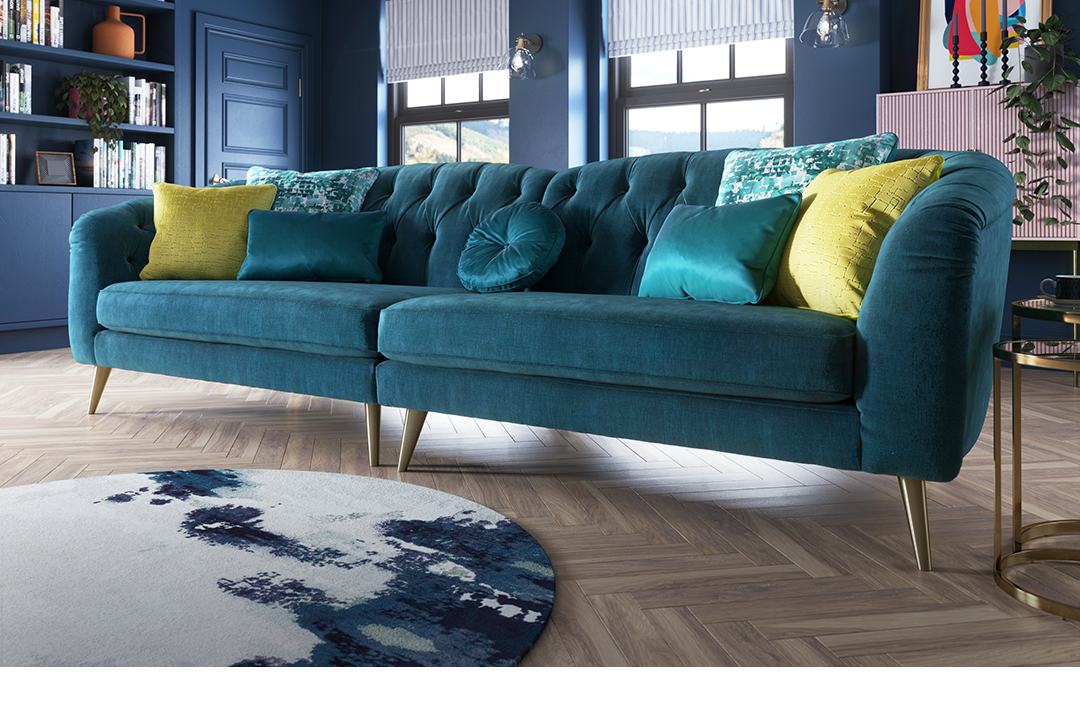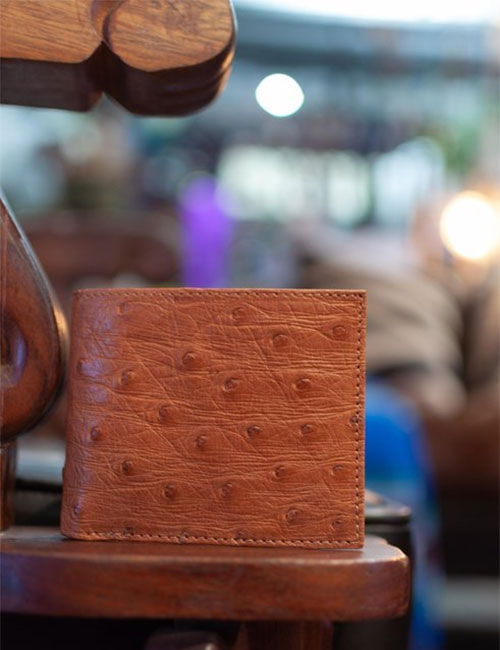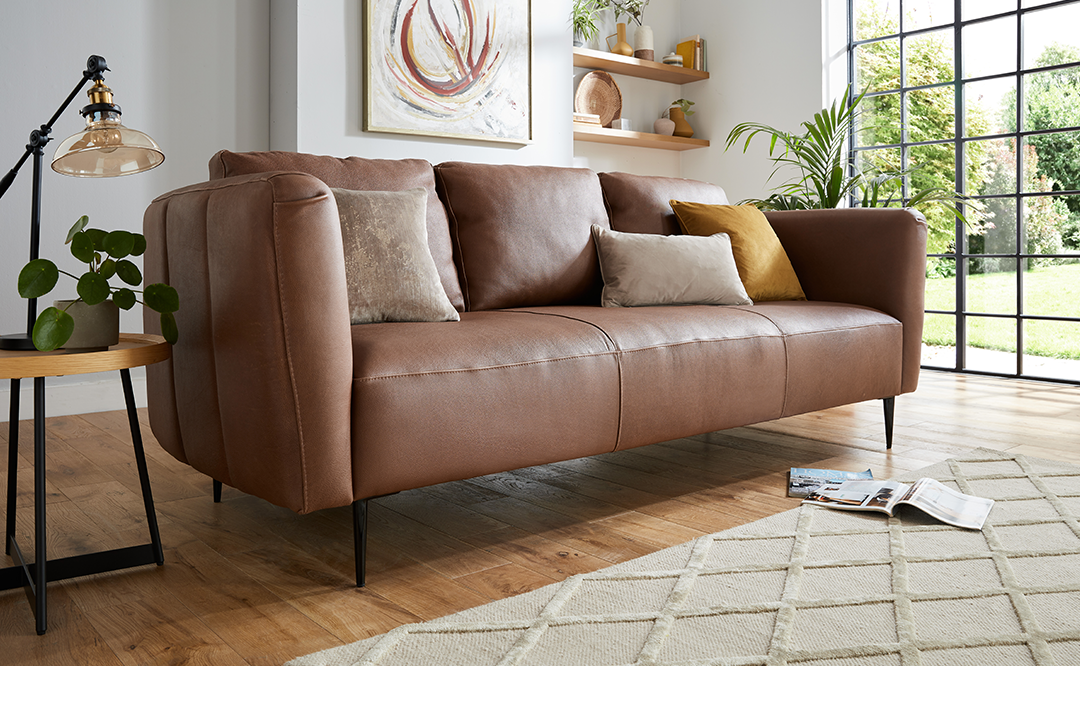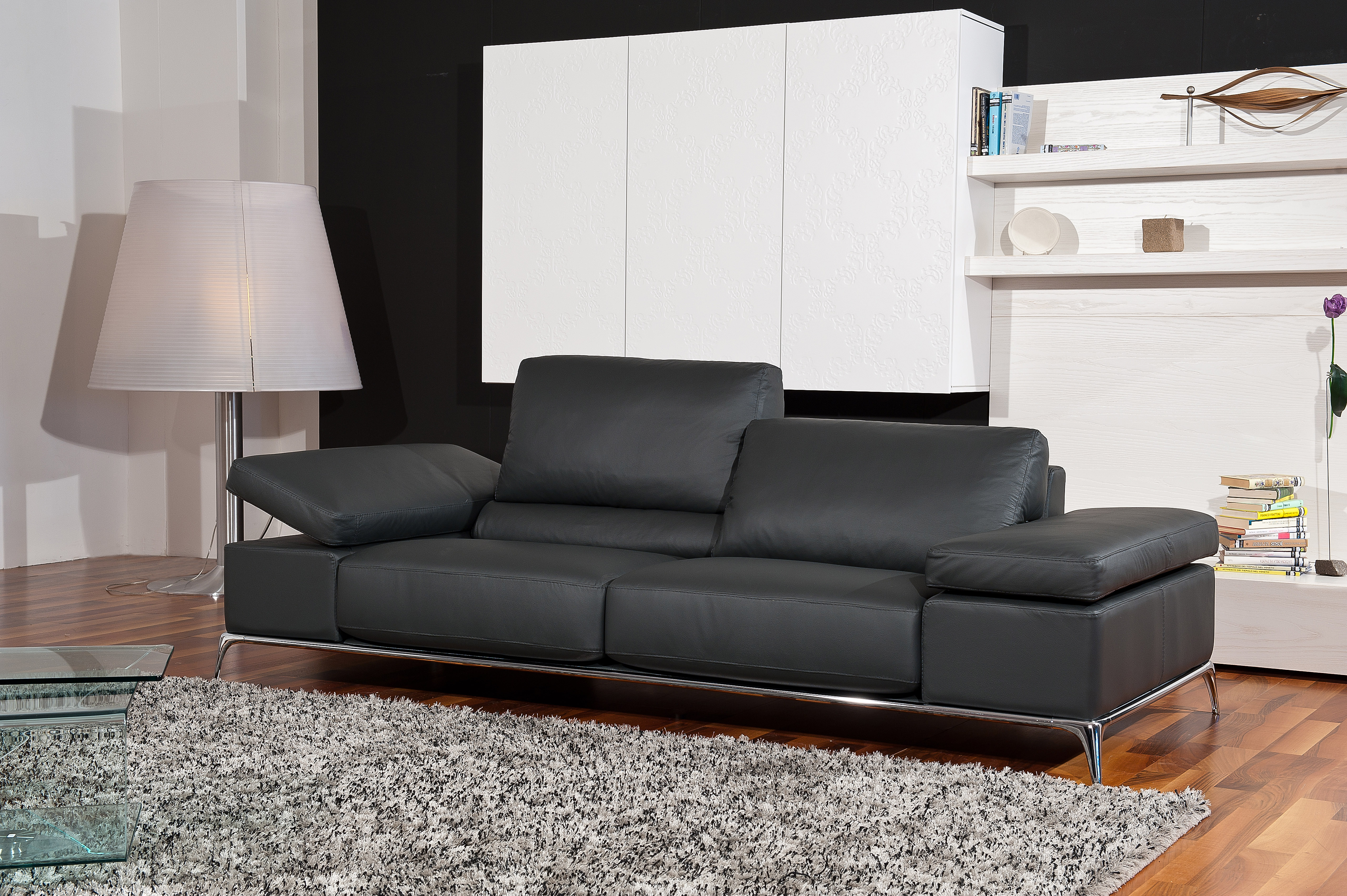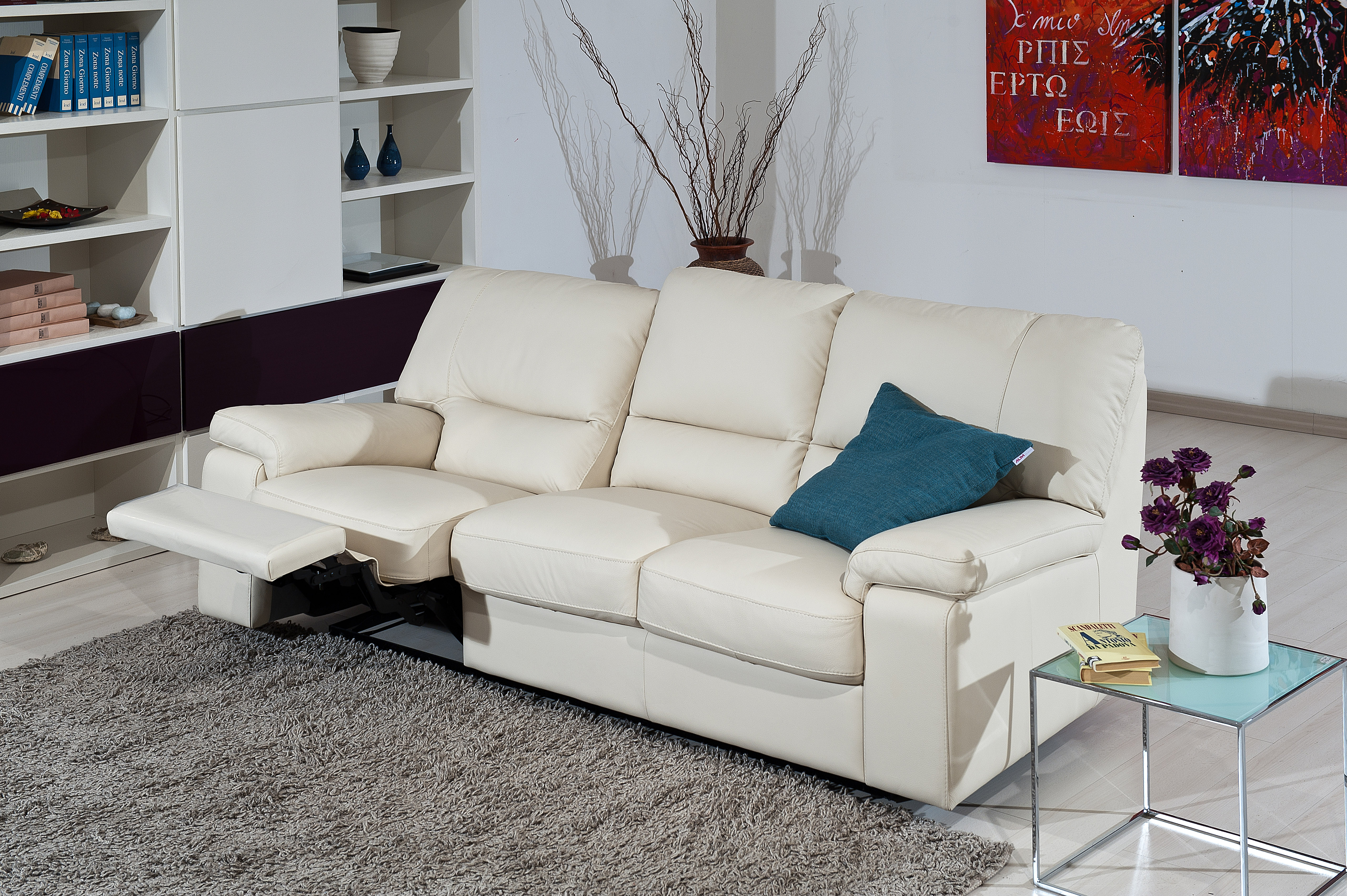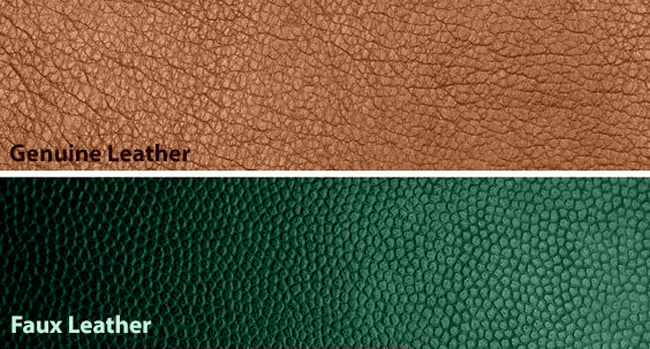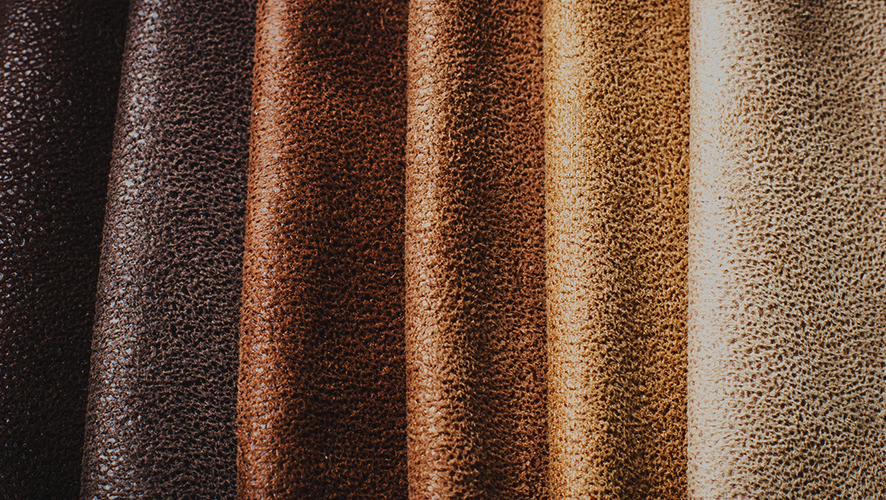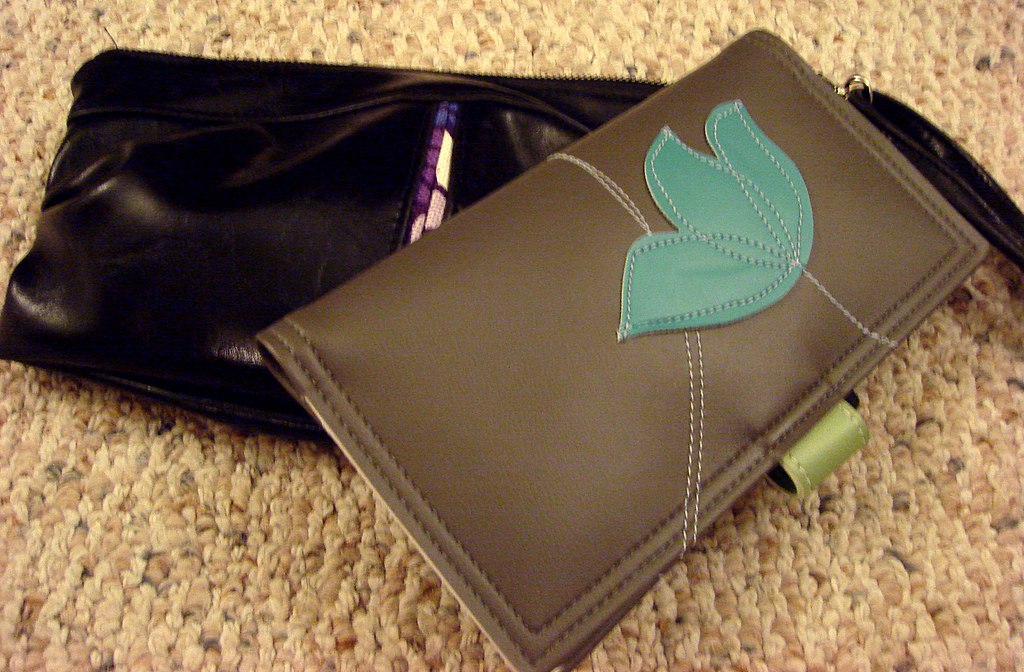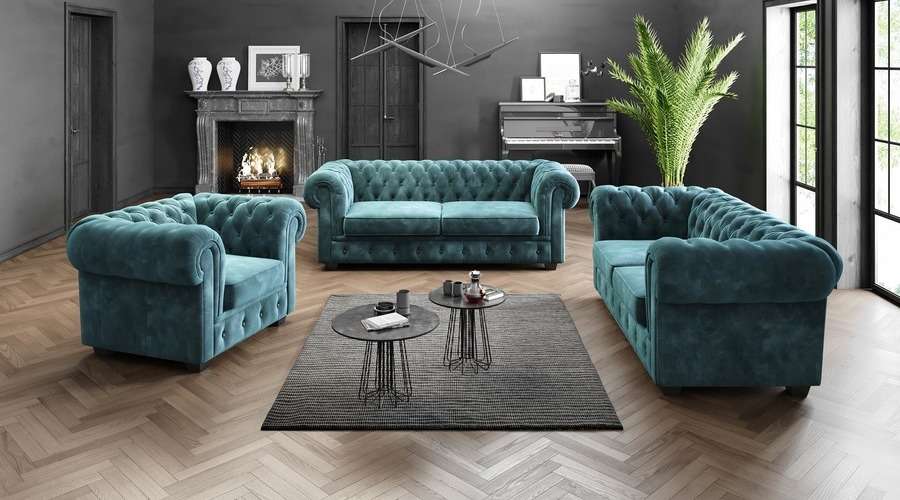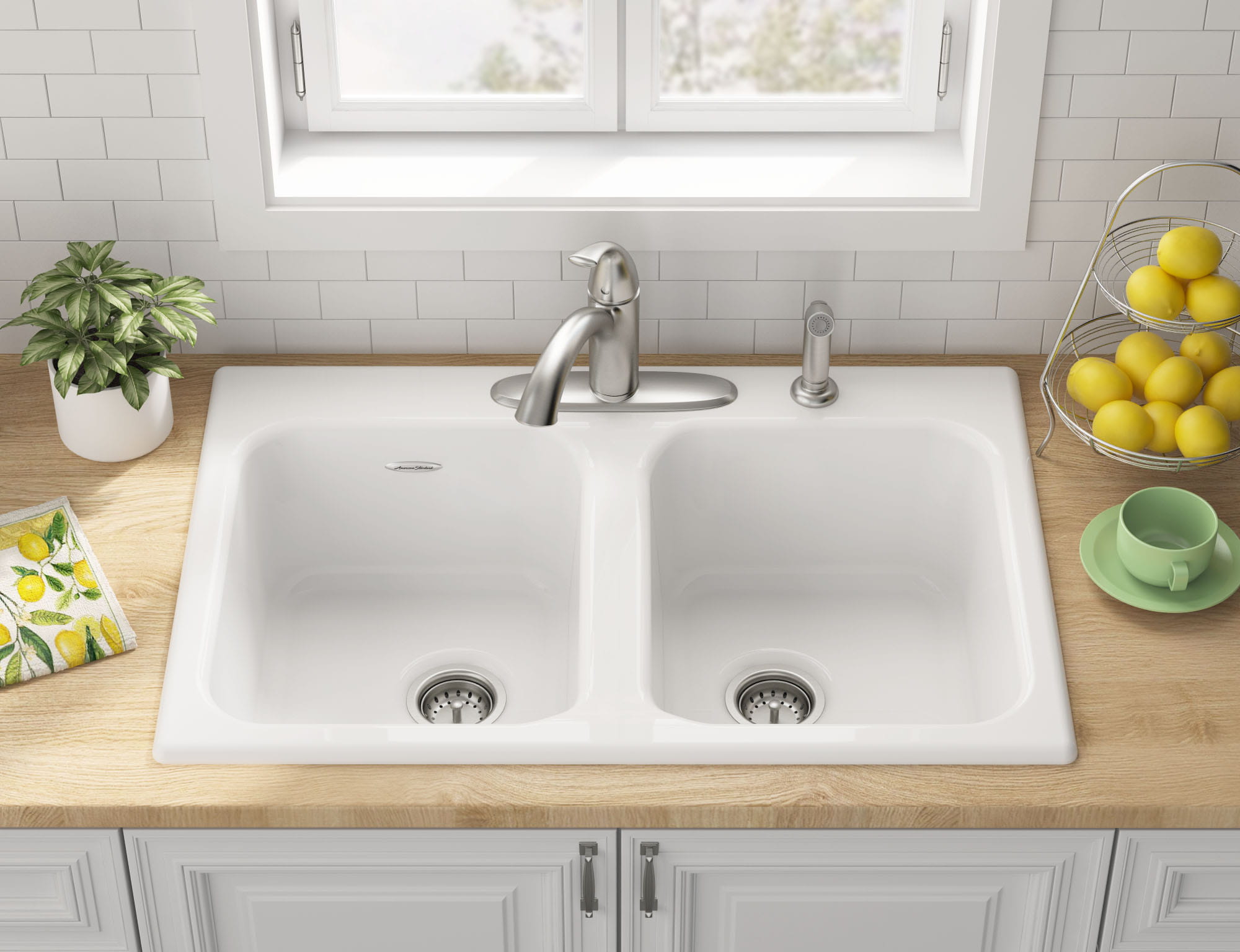When it comes to choosing a sofa for your home, one of the biggest decisions you'll have to make is between a pleather and leather sofa. Both options have their own unique qualities and benefits, but it's important to understand the differences between the two in order to make the best choice for your lifestyle and budget. Pleather vs Leather Sofa: What's the Difference?
One of the main advantages of pleather, or faux leather, is its affordability. Pleather is typically much cheaper than real leather, making it a popular choice for those on a budget. It also comes in a wide variety of colors and styles, giving you more options to choose from when it comes to designing your living space. However, pleather also has its drawbacks. It is not as durable as real leather and can easily tear or peel over time. It also tends to have a more synthetic or plastic-like feel, which may not be as comfortable for some people. On the other hand, leather sofas are known for their durability and long lifespan. They can withstand wear and tear much better than pleather and often develop a unique patina over time, giving them a timeless and classic look. Leather is also known for its soft and supple feel, making it a comfortable choice for lounging and relaxing. But with these benefits comes a higher price tag. Leather sofas are generally more expensive than pleather, making them a less accessible option for those on a tighter budget. Pros and Cons of Pleather and Leather Sofas
When it comes to deciding between pleather and leather for your sofa, it's important to consider your lifestyle and needs. If you have kids or pets, a faux leather sofa may be a more practical choice as it is easier to clean and maintain. However, if you prioritize durability and are willing to invest in a long-lasting piece of furniture, a real leather sofa may be the way to go. Faux Leather vs Real Leather: Which is Better for a Sofa?
As mentioned earlier, leather is known for its durability and ability to withstand wear and tear. This is due to its natural strength and flexibility, making it a popular choice for high-traffic areas in the home. Pleather, on the other hand, is more prone to damage and may not hold up as well over time. Another factor to consider is the quality of the materials used. Real leather is typically made from animal hide, which is a natural and sustainable material. Pleather, on the other hand, is made from synthetic materials such as plastic, which may not hold up as well in the long run. Durability Comparison: Pleather vs Leather Sofa
As mentioned earlier, pleather is generally a more affordable option than real leather. This is because it is a synthetic material and can be produced at a lower cost. Leather, on the other hand, is a natural material and requires more resources and labor to produce, hence the higher price point. However, it's important to keep in mind that investing in a high-quality leather sofa can save you money in the long run as it will last longer and require less frequent replacement compared to a pleather sofa. Cost Comparison: Pleather vs Leather Sofa
Both pleather and leather sofas require regular maintenance in order to keep them looking their best. For pleather, it's important to avoid harsh cleaning products and instead opt for gentle cleaners specifically designed for faux leather. Wiping down the sofa with a damp cloth and vacuuming regularly can also help keep it clean. For leather sofas, it's important to regularly condition the leather to prevent it from drying out and cracking. Use a leather conditioner recommended by the manufacturer and avoid using any harsh chemicals that may damage the leather. Wiping down the sofa with a damp cloth and vacuuming can also help keep it clean and free from dust and debris. Maintenance Tips for Pleather and Leather Sofas
When it comes to the environmental impact, real leather has a more significant impact as it is a byproduct of the meat industry. However, leather can also be recycled and repurposed, making it a more sustainable choice in the long run. Pleather, on the other hand, is a synthetic material made from non-renewable resources and can have a negative impact on the environment during production and disposal. Environmental Impact: Pleather vs Leather Sofa
When it comes to comfort, it ultimately comes down to personal preference. Some people may find the soft and supple feel of leather more comfortable, while others may prefer the smooth and cool feel of pleather. It's important to test out both options and choose the one that feels the most comfortable for you. Comfort Comparison: Pleather vs Leather Sofa
Both pleather and leather sofas come in a wide variety of styles and designs, making it easy to find one that fits your aesthetic preferences. Pleather may offer more color and pattern options, while leather tends to come in more classic and timeless designs. It's also worth noting that leather tends to develop a unique patina over time, giving it a more aged and vintage look. This can add character and charm to your living space. Style and Design Options for Pleather and Leather Sofas
If you're unsure whether a sofa is made from pleather or leather, there are a few key differences to look out for. Real leather will have a natural grain and texture, while pleather will have a more uniform and synthetic look. Additionally, leather will feel soft and supple to the touch, while pleather may feel more plastic-like. It's also important to check the label or ask the manufacturer for clarification if you're unsure about the material. In conclusion, both pleather and leather sofas have their own unique qualities and benefits. It's important to consider your lifestyle, budget, and personal preferences when making a decision between the two. With proper maintenance and care, both options can provide a comfortable and stylish addition to your living space. How to Tell the Difference Between Pleather and Leather Sofas
The Durability and Maintenance of Pleather and Leather Sofas
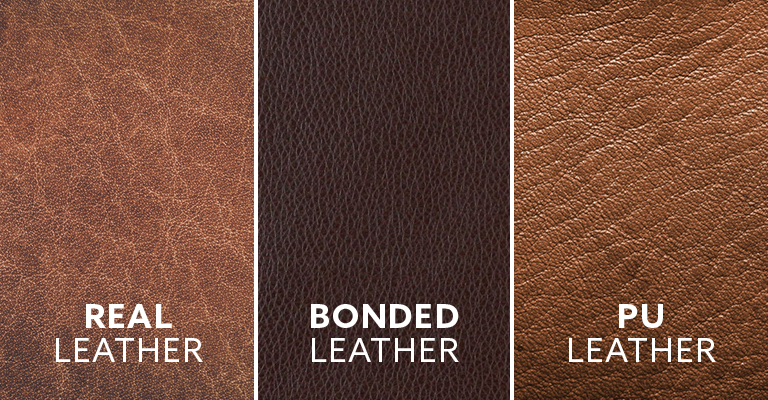
Pleather: A Budget-Friendly Option
 When it comes to choosing a sofa for your living room, one of the biggest considerations is durability. After all, you want a piece of furniture that will last for years to come. In recent years, pleather has become a popular alternative to leather for those looking for a budget-friendly option. But is it really as durable as leather? Let's take a closer look.
Pleather, or "faux leather," is a synthetic material made to look and feel like real leather. It is typically made from a combination of plastic and fabric, and is often used as a cheaper alternative to genuine leather. While pleather may be more affordable, it may not be as durable as its leather counterpart.
Pleather is prone to cracking and peeling over time
, especially if it is exposed to direct sunlight or high temperatures. This can be a major issue if you have pets or young children who may accidentally scratch or tear the material. Additionally, pleather is not as breathable as leather, which can cause it to become sticky and uncomfortable to sit on for extended periods of time.
When it comes to choosing a sofa for your living room, one of the biggest considerations is durability. After all, you want a piece of furniture that will last for years to come. In recent years, pleather has become a popular alternative to leather for those looking for a budget-friendly option. But is it really as durable as leather? Let's take a closer look.
Pleather, or "faux leather," is a synthetic material made to look and feel like real leather. It is typically made from a combination of plastic and fabric, and is often used as a cheaper alternative to genuine leather. While pleather may be more affordable, it may not be as durable as its leather counterpart.
Pleather is prone to cracking and peeling over time
, especially if it is exposed to direct sunlight or high temperatures. This can be a major issue if you have pets or young children who may accidentally scratch or tear the material. Additionally, pleather is not as breathable as leather, which can cause it to become sticky and uncomfortable to sit on for extended periods of time.
Leather: A Timeless and Resilient Choice
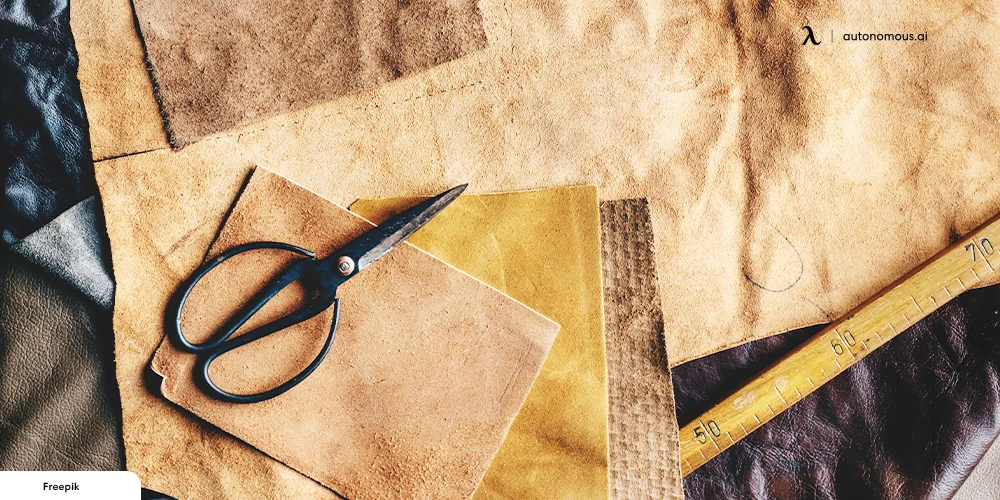 On the other hand, leather has been a staple in furniture design for centuries. It is known for its luxurious feel, durability, and ability to withstand wear and tear.
Real leather is made from animal hide, making it a natural and biodegradable material
, unlike pleather which is made from synthetic materials.
One of the main benefits of leather is its ability to age gracefully. With proper care and maintenance, a leather sofa can last for decades and even improve in appearance over time.
Leather is also more resistant to stains and spills compared to pleather
, and can be easily wiped clean with a damp cloth.
On the other hand, leather has been a staple in furniture design for centuries. It is known for its luxurious feel, durability, and ability to withstand wear and tear.
Real leather is made from animal hide, making it a natural and biodegradable material
, unlike pleather which is made from synthetic materials.
One of the main benefits of leather is its ability to age gracefully. With proper care and maintenance, a leather sofa can last for decades and even improve in appearance over time.
Leather is also more resistant to stains and spills compared to pleather
, and can be easily wiped clean with a damp cloth.
The Importance of Maintenance
 While leather may be the stronger and more durable option, it also requires regular maintenance to keep it looking its best.
Leather sofas should be conditioned and cleaned at least twice a year
to prevent the material from drying out and cracking. On the other hand, pleather requires little to no maintenance, making it a convenient choice for those with a busy lifestyle.
While leather may be the stronger and more durable option, it also requires regular maintenance to keep it looking its best.
Leather sofas should be conditioned and cleaned at least twice a year
to prevent the material from drying out and cracking. On the other hand, pleather requires little to no maintenance, making it a convenient choice for those with a busy lifestyle.
The Final Verdict
 Ultimately, the choice between pleather and leather comes down to personal preference and budget. If you are on a tight budget and do not mind replacing your sofa every few years, then pleather may be a suitable option for you. However, if you are looking for a timeless and durable piece of furniture that will last for years to come, then investing in a leather sofa may be the better choice.
In conclusion, while pleather may be a more affordable option,
leather remains the superior choice when it comes to durability and maintenance
. So, think carefully about your lifestyle and needs before making your decision. Whichever option you choose, remember to properly care for your sofa to ensure it remains a centerpiece in your home for years to come.
Ultimately, the choice between pleather and leather comes down to personal preference and budget. If you are on a tight budget and do not mind replacing your sofa every few years, then pleather may be a suitable option for you. However, if you are looking for a timeless and durable piece of furniture that will last for years to come, then investing in a leather sofa may be the better choice.
In conclusion, while pleather may be a more affordable option,
leather remains the superior choice when it comes to durability and maintenance
. So, think carefully about your lifestyle and needs before making your decision. Whichever option you choose, remember to properly care for your sofa to ensure it remains a centerpiece in your home for years to come.



